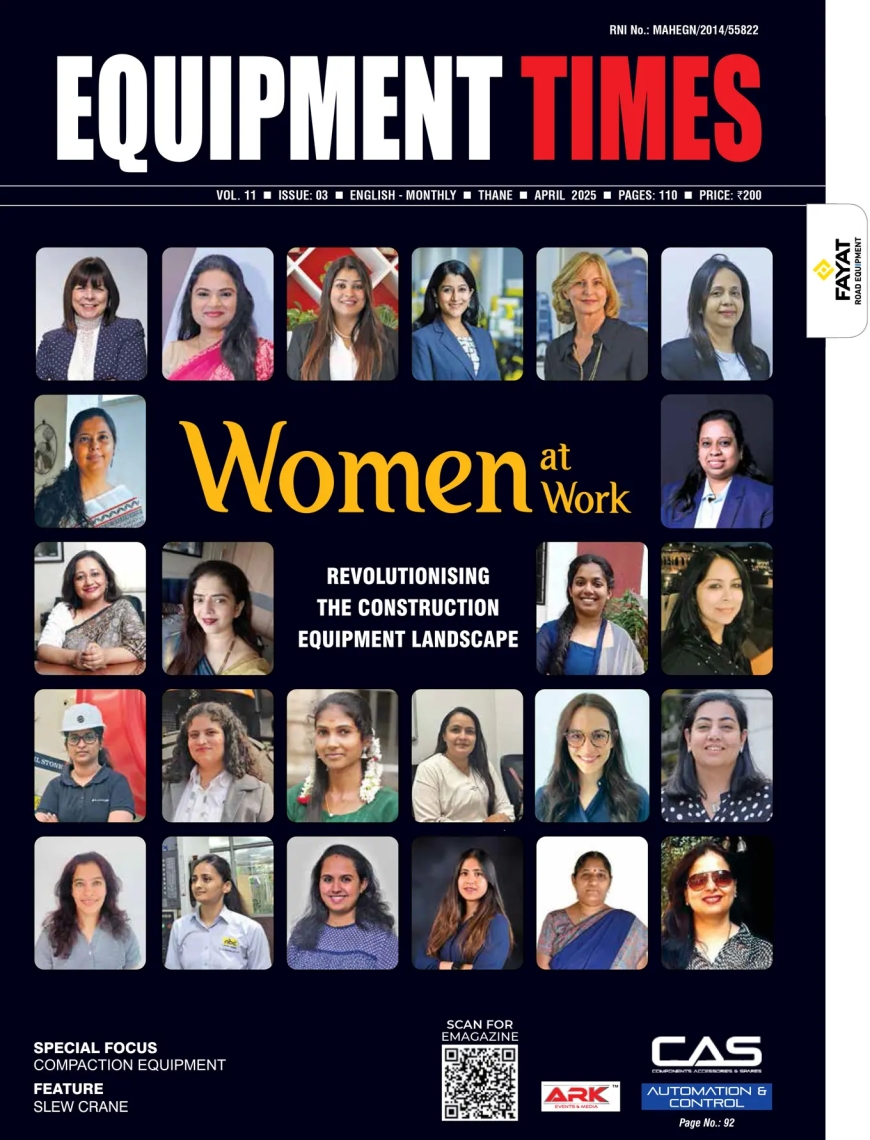FUTURE READY: Innovative-material-handling-equipment-for-tomorrows-challenges
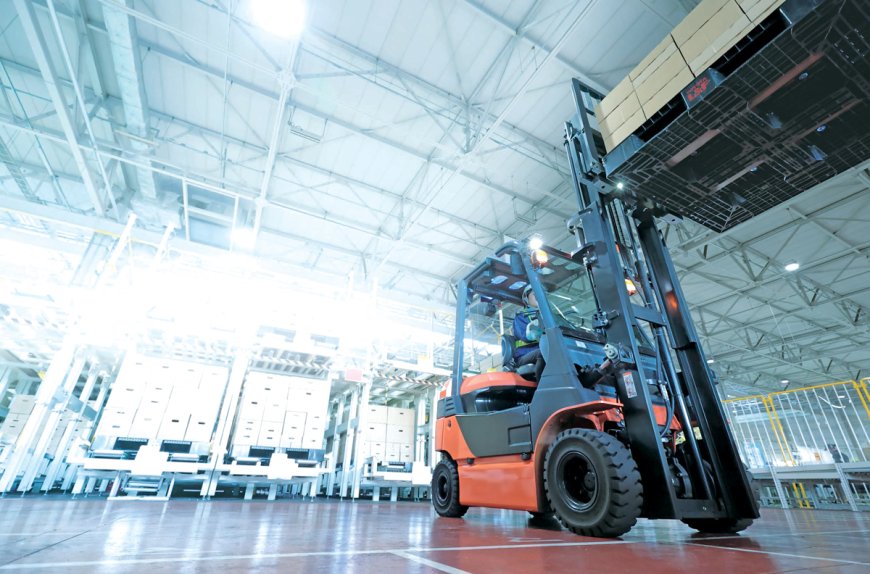
In the ever-evolving landscape of industrial operations, the role of material handling equipment has become pivotal. From warehouses, construction sites to manufacturing floors, the demand for efficiency, safety, and sustainability has driven continuous innovation in this sector.
Equipment Times delves into the cutting-edge advancements that are shaping the future of material handling equipment (MHE), revolutionizing how goods are moved, stored, and managed across industries.
In the heart of every warehouse or logistics hub lies the silent hero of industrial efficiency: material handling equipment. These mechanical marvels form the backbone of modern industries, seamlessly orchestrating the movement, storage, and retrieval of goods with precision and speed. From automated conveyors to sophisticated robotics, the evolution of material handling equipment has transformed the landscape of production and distribution, optimizing workflows and driving economic growth.
The market for Material Handling Equipment (MHE) in India has been growing steadily due to various factors such as infrastructure development, industrial expansion, and the increasing focus on efficiency in logistics and warehousing. Projects like industrial corridors, smart cities, and logistics parks have increased the demand for MHE. Growth in online retail has led to greater demand for efficient warehousing and logistics solutions, driving the need for MHE. Expansion in manufacturing activities across sectors such as automotive, pharmaceuticals, and FMCG has bolstered demand for MHE.
Market Dynamics…
The market is competitive with both domestic and international players. Increasing investments in technology and innovation to improve efficiency and reduce operating costs are shaping the market.
Government initiatives like Make in India and reforms in logistics infrastructure are expected to further boost the market.
The Rise of Automation…
Gone are the days of manual lifting and cumbersome transportation within industrial settings. Today, automation reigns supreme, leveraging cutting-edge technology to streamline operations and enhance productivity. At the forefront of this evolution are automated guided vehicles (AGVs) and robotic arms, which work in tandem to perform repetitive tasks with unparalleled accuracy. These intelligent machines navigate warehouses effortlessly, guided by sensors and sophisticated algorithms that optimize routes and avoid collisions in real-time. Automation continues to redefine the efficiency of material handling processes. The integration of artificial intelligence (AI) and machine learning (ML) has transformed MHE into smart systems capable of predictive maintenance and real-time optimization. AI algorithms analyze data from sensors and historical patterns to predict equipment failures before they occur, minimizing downtime and maximizing productivity.
Ergonomic Designs…
Human-centered design principles are driving the development of ergonomic MHE solutions that prioritize user comfort and safety. Innovations such as adjustable height controls, intuitive interfaces, and wearable technology are not only enhancing operator efficiency but also reducing the risk of musculoskeletal injuries. In response to global environmental concerns, sustainable practices are becoming integral to MHE design. Electric and hybrid-powered equipment are reducing carbon footprints while improving energy efficiency. Furthermore, the adoption of recyclable materials in manufacturing is aligning the industry with eco-friendly initiatives.
Precision and Safety
In an industry where precision and safety are paramount, advancements in material handling equipment have revolutionized workplace environments. Ergonomic design principles have driven the development of tools such as electric pallet jacks and adjustable height workstations, which prioritize the well-being of workers while improving overall efficiency. These innovations not only mitigate physical strain but also minimize the risk of workplace injuries, fostering a safer and more conducive work environment.
Sustainability Initiatives
Beyond efficiency gains, the adoption of eco-friendly practices has become increasingly prevalent within the realm of material handling equipment. Companies are embracing energy-efficient technologies and sustainable materials to minimize their carbon footprint and align with global environmental goals. Electric forklifts and solar-powered charging stations are just a glimpse of the industry’s commitment to sustainability, paving the way for greener and more responsible operations.
Future Outlook…
The market is expected to continue growing at a steady pace, driven by urbanization, industrialization, and increasing foreign direct investment (FDI) in sectors like manufacturing and retail. Technological advancements such as IoT integration and predictive maintenance will likely shape the future of MHE in India. Sustainability and energy efficiency considerations will influence equipment design and adoption. Overall, the market for Material Handling Equipment in India is poised for growth, driven by economic factors, industrial expansion, and technological advancements in logistics and warehousing sectors. Looking ahead, the trajectory of material handling equipment points towards continued innovation and integration of advanced technologies. Artificial intelligence and machine learning algorithms promise to further enhance the capabilities of AGVs and robotics, enabling autonomous decision-making and adaptive responses in dynamic warehouse environments. Moreover, the rise of Internet of Things (IoT) connectivity is set to revolutionize supply chain management, providing real-time insights and predictive analytics that optimize inventory control and distribution processes.
Industry speaks…
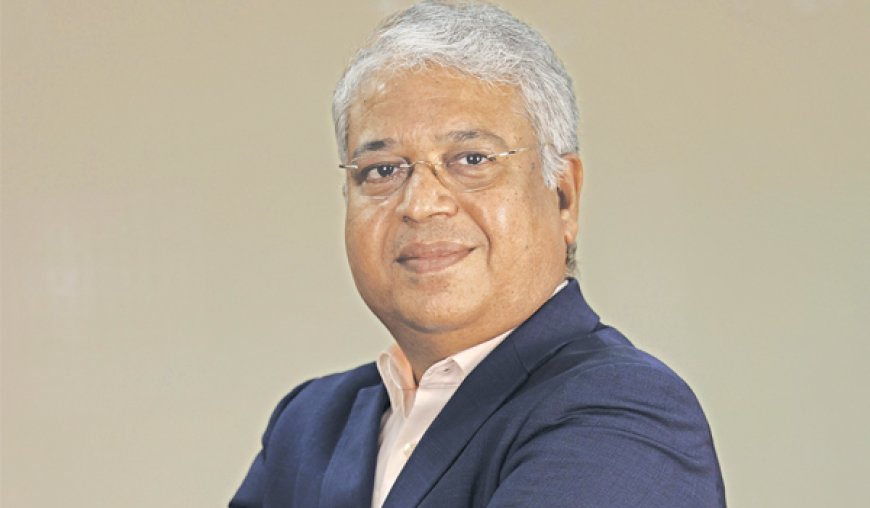
V.G. Sakthikumar, CMD, Schwing Stetter India, said, “SCHWING - XCMG offers a comprehensive range of material handling equipment, including crawler cranes, tyre mounted cranes, and all terrain cranes. Our crawler cranes have a capacity range from 50 tons to 4000 tons, making them suitable for heavy-duty applications such as lifting steel structures, wind turbines, bridges, and power plants. Tyre mounted cranes, with capacities ranging from 8 tons to 1300 tons, are designed for lifting construction materials, equipment, containers, and vehicles. Our all-terrain cranes, capable of handling loads from 25 tons to 1200 tons, are versatile and can operate on both paved and unpaved roads. In addition to these products, we provide robust after-sales support, including maintenance, parts supply, and operator training. Reliability and safety are paramount in our material handling equipment. Our cranes are engineered with several advanced features to ensure operational safety and longevity. For instance, our tyre mounted cranes come equipped with sliders between boom sections to improve structural integrity, patented telescoping technology to smoothen boom extension and retraction, and calibration-free load moment indicators to save time and enhance safety.”
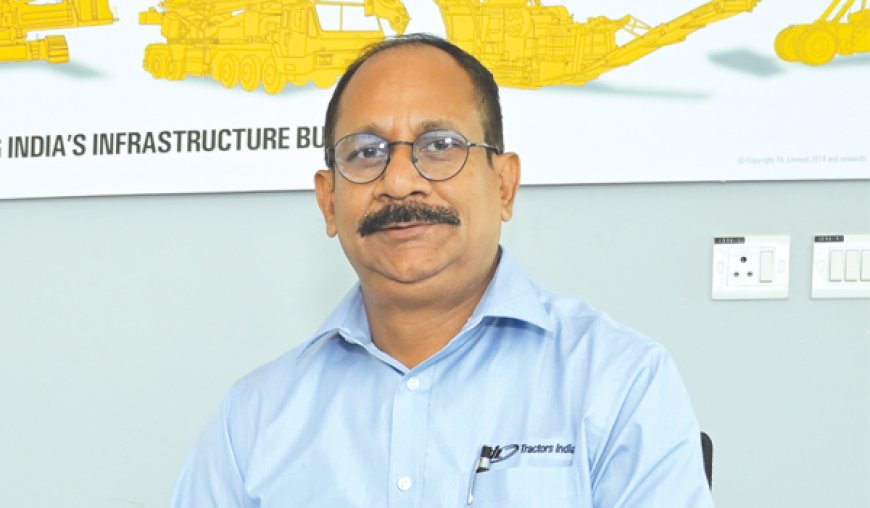
Alok Kumar Tripathi, Whole Time Director & President, TIL, said, “Since 1944, TIL Limited has been a key partner in India’s infrastructure development, offering a diverse range of material handling, lifting and port equipment including Rough Terrain Cranes, Reachstackers, Pick & Carry Cranes and Truck Mounted Cranes etc. that represents some of the best global technologies. Headquartered in Kolkata, West Bengal, TIL made the first mobile crane in India from its Kamarhatty (West Bengal) facility in 1961 which continues to manufacture world class equipment even today. The second factory at Kharagpur started in 2012 which is a state-of-the-art facility and is poised to cater to the future demand in the market. The R&D centres at both the factories are equipped with the latest software and cutting-edge technologies to enhance design excellence. Our integrated after-sales support is designed to ensure customer satisfaction.”

Sunil K Gupta, President, KION India, said, “KION India, a wholly owned subsidiary of KION Group AG, has emerged as the market leader in the Indian Material Handling Equipment (MHE) industry. Offering tailored and automated solutions through a diverse portfolio featuring renowned brands like OM, Linde, Baoli, and Dematic, KION India plays a pivotal role in shaping the future of logistics technology in the Indian market. With 125+ customer touchpoints, KION India’s field force closely engages with customers, providing optimal solutions and services. A versatile range of more than 400 MHE solutions are specifically designed for different applications and customized for every customer segment ranging from small storage hubs to distribution centers to large-capacity automated warehouses having a high-racking system. The expansive product offering includes all palletized material handling equipment ~ hand pallet truck, battery operated pallet truck, electric stacker, diesel forklifts up to 18 Ton and electric forklifts up to 18 Ton, reach truck, tow truck, order picker, Very Narrow Aisle (VNA) solutions, Automated Guided Vehicles (AGV), and Autonomous Mobile Robots (AMR) and Lithium-ion solutions.”
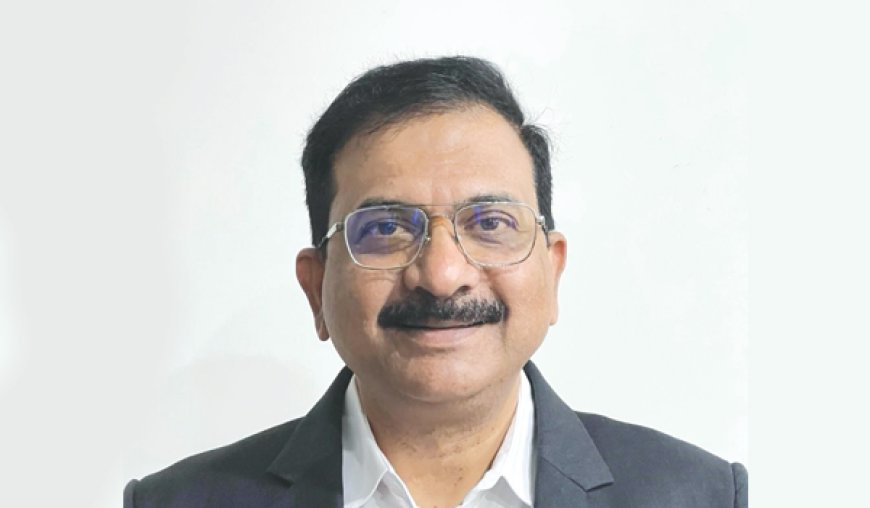
Hariprasad S, Chief Operating Officer, Toyota Material Handling India, said, “Our wide product range basket comprises of material handling equipment, such as forklifts and warehouse solutions which are time proven for their performance. To address the rising demand, Toyota Material Handling India, offers total solutions to meet diverse material handling needs for applications like container loading/unloading, warehouse, cold store, drive-in/double deep racking, various attachment applications like paper roll, bales, carton handling, etc. We also offer cost-effective rental solutions, including short-term and long-term options, which allow our customers to focus on their main business by entrusting the material handling equipment management to us. Uninterrupted fleet performance through comprehensive after-sales services, covering maintenance, repairs, and spare parts support is ensured on pan India basis.”
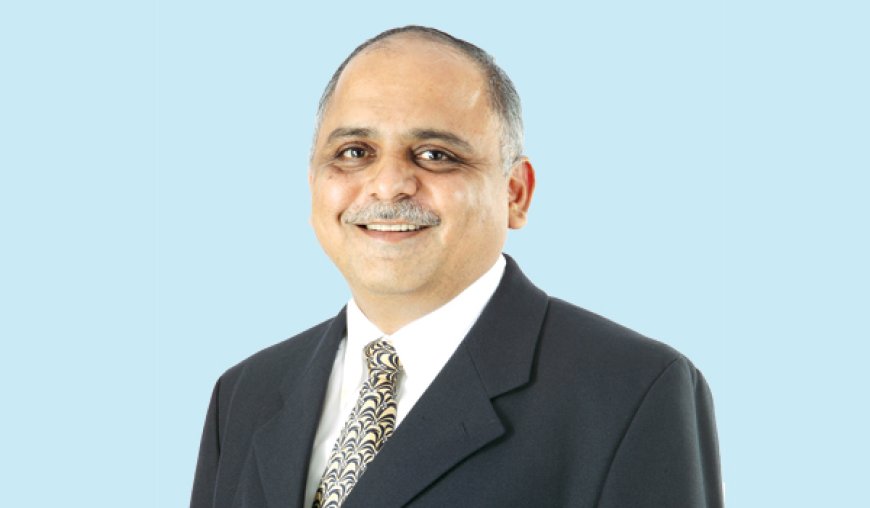
Anil Lingayat, Executive Vice President & Business Head, Godrej Material Handling, Godrej & Boyce, said, “At Godrej Material Handling, we offer a complete solution in terms of the selection of the right equipment based on the application. We have a wide range of after-sales services such as technical assistance, and maintenance contracts including Rentals. We also provide safety, operational and maintenance training to our customers. Our products include electric battery-powered forklifts from 1.5 to 5-tonne capacity, reach trucks, articulated forklifts, Double Deep Reach Truck for freezer stores, warehouse equipment such as Battery-Operated Pallet Trucks & electric stackers, diesel-powered forklifts from 1.5 to 16 tonne. We also offer a wide range of attachments to serve various customer applications. We partnered with CROWN for high-end warehouse trucks like reach trucks up to 14m fork height, order pickers, stock pickers, stackers, and pallet trucks; HUBTEX for side loaders up to 35 tonne capacity.”
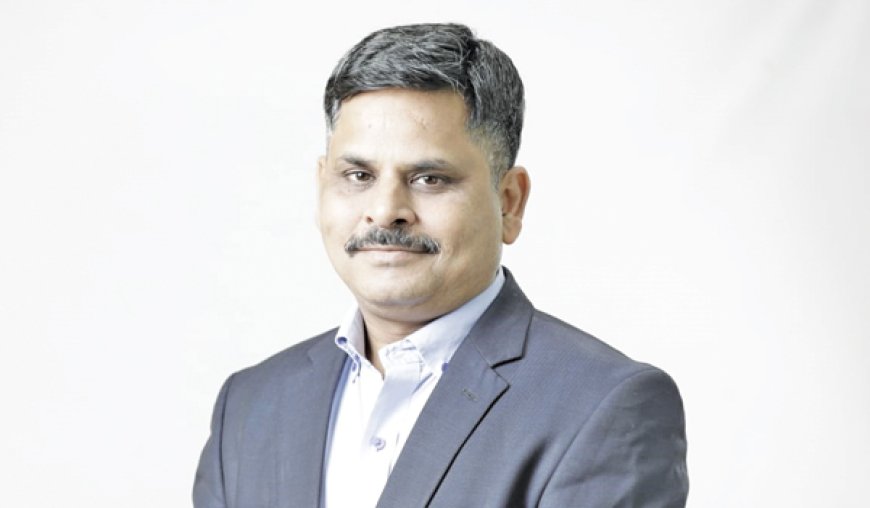
Vivek Thakur, Head MHE Business, HD Hyundai Construction Equipment India, said, “In the dynamic landscape of Material Handling Industry, each innovation presents both challenges and opportunities. From maintenance to skill gaps, budget constraints, and regulatory hurdles, our journey is rich with obstacles. Yet, by prioritizing equipment upkeep, workforce training, and technological integration, we pave the way for a sustainable and efficient future. Hyundai is committed to leading this change by bridging the gaps, seizing opportunities, and moving the industry towards success. The material handling industry faces challenges but also offers ample opportunities for advancement. Hyundai is leading the way through skill development and technology integration, driving efficiency and sustainability. As Hyundai addresses these challenges, it emerges as a leader, offering a variety of products tailored to evolving industry needs such as automation, safety enhancements, and productivity solutions. These reflect the demand for more sophisticated equipment to meet changing logistics and storage needs.”

Kalpesh Desai, Managing Director, Gefran India, said, “The material handling industry is witnessing a transformation driven by revolutionary innovations in sensors and components. These technological advances are opening new frontiers for forklifts, telehandlers, and aerial platforms, with a focus on safety, efficiency, productivity, and connectivity. Gefran sensors such as the GIG inclinometers, GRA rotary sensors, GSH-A return spring wire transducers, RK5 magnetostrictive position transducers, and KMC pressure probes are designed to improve the performance and efficiency of industrial vehicles. These sensors offer excellent repeatability and linearity, ensuring accuracy in measurements. They are built to withstand vibration and shock, ensuring reliability even under extreme conditions. With SIL2 and PLd certifications, they ensure maximum safety in use. The compact size of the transducers facilitates integration into existing systems without compromising space.”

Jeffrey Zuidgeest, Regional Director, BU Components, Hyva India, said, “In India we recently forayed into Moving Floors - horizontal loading and unloading system for transporting bulk products such as agriculture products, waste produce/recyclables, pallets, ore, and other abrasive materials. Available in standard 40 tons and but we can offer heavy duty solutions up to 80T. It works in two directions – it can be used to both load and unload. This product brings in loading and unloading options in segments where vertical unloading by tippers is not feasible or unsafe and carry larger volumes in long haul material transportation.”

Dave Mueller, Conveyor Products Manager, Martin Engineering, said, “Safety and ease of maintenance is a key feature and a core priority for all Martin Engineering designs. The slide-in/slide-out design allows a single worker to perform maintenance with easy access outside of the conveyor structure, eliminating the need to crawl underneath or awkwardly reach inside. This greatly improves workplace safety and reduces the amount of time and labor required for maintenance, significantly lowering the cost of operation. Every bulk handling operation is unique and requires equipment that is versatile and adaptable, and I think we’ve achieved that with the Orion. Martin Engineering products are developed to improve efficiency and safety, without compromising belt health. This design gives customers more options and superior results, regardless of the material or the process.”








